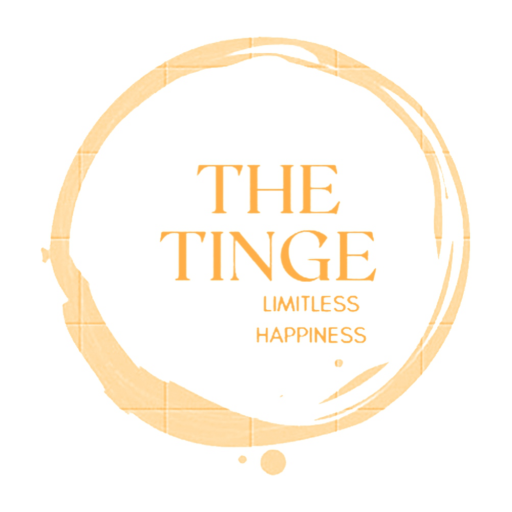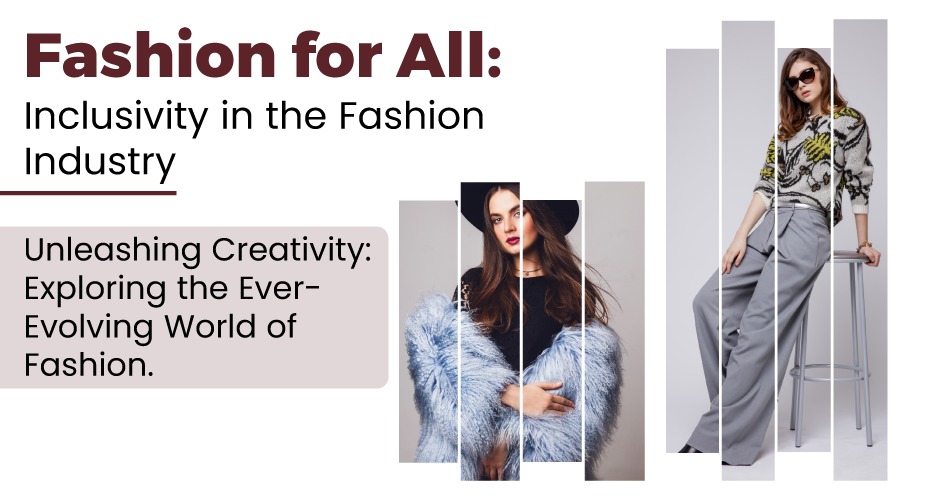The lack of diversity in the fashion industry has been the subject of criticism. Historically, slender, physically fit, mostly white people have been the target demographic for fashion design and marketing. Although businesses and designers now value representation and diversity in their groups, there has been a trend in recent years towards a more inclusive fashion.
What Does Inclusivity in Fashion Mean?
Designing apparel and accessories that are inclusive of people of different body kinds, races, ages, genders, and abilities is a key component of the fashion industry. Accommodating those with disabilities can entail making a variety of sizes, utilising a variety of models in marketing efforts, and designing garments with adaptable characteristics.
The Goal of Inclusivity in the Fashion Industry
Irrespective of their race, gender, ability, ailment, or other need, inclusion aims to include everyone. Whenever a garment is made to be functional for everyone, including disabled people, it is said to be in an inclusive fashion. Genuine inclusion will present the biggest difficulty in the future. Including a diverse set of people with various characteristics, including age, skin colour, orientation, race, and body type, is the definition of variation in fashion.
Fashion must be inclusive by recognising and promoting the various cultural origins of its customers. To ensure that many viewpoints are reflected during the design process, brands are beginning to incorporate classic patterns, textiles, and motifs from various cultures into their clothing lines.
Driving Forces for Inclusivity in the Fashion Industry
In its marketing, designs, and business practices, the fashion industry is beginning to understand the value of diversity and inclusion. This movement towards Inclusivity is being driven by various factors, including shifting customer demographics, the development of social media, and growing activity and advocacy from marginalised communities. The fashion industry can produce designs which are truly indicative of the society we constitute by valuing and promoting diversity.
This movement towards Inclusivity is being driven by several factors, such as shifting customer demographics, the development of social media, and an increase in activism and lobbying on the part of marginalised communities.
Key Driving Forces
Promoting Diversity-The shifting demographics of consumer populations are one of the major causes promoting diversity in the fashion business. The fashion business has historically catered to a small demographic of slender, physically fit, and mostly white people. Fashion firms are beginning to understand the value of representing what is appealing to a larger spectrum of consumers, though, as the world gets more diverse. It covers people of various racial, age, gender, size, and ability backgrounds.
Social Media- Additionally, social media has been crucial in promoting Inclusivity in the fashion sector. Historically marginalised people and communities in the fashion industry now have a voice because of platforms such as Instagram. As a result, there are now more places where different viewpoints and aesthetic preferences can be honoured. Social media has additionally provided customers with a potent tool for asking for more diversity from clothing companies and designers.
Rise of Activism and Lobbying-And last, the rise of activism and lobbying from marginalised groups has been a major factor in the development of Inclusivity in the fashion industry. Advocates have urged for greater inclusion and representation of varied experiences and identities and raised awareness of the suffering brought on by exclusion and prejudice in the fashion industry.
Under-Representation- To truly make fashion accessible to everyone, however, there remains more work to be done. Many companies continue only to offer a few sizes and ignore the needs of people with impairments. Additionally, people with darker skin tones and those who classify as non-binary or genderqueer are underrepresented.
What Makes an Inclusive Fashion Industry?
There are several actions that businesses and designers can do to create an inclusive fashion industry.
Some of the actions include:
Diversity and Representation- On all levels of their organisation, from design teams to advertising campaigns and marketing, firms should first pledge to diversity and representation. It entails employing a varied group of people, including those with a range of skills, racial and cultural backgrounds, and gender identities.
Right Fit- Second, firms ought to provide apparel and accessories that fit a variety of body shapes, sizes, and capacities. It entails developing clothes that are inclusive of plus-size people and include adapted elements for people with impairments.
Wants and Preferences- Third, brands need to pay attention to the different wants and preferences of their customer base. It involves carrying out research, getting input from people with different experiences and backgrounds, plus incorporating it into the design approach.
Sustainable and Ethical Fashion-Finally, fashion companies should aim to develop a more sustainable and ethical fashion sector. Assuring ethical labour practises and minimising environmental effects are part of this. The fashion industry can produce designs which are inclusive of all people by emphasising inclusion, diversity, plus sustainability.
Conclusion
Designing apparel and accessories which are affordable and appealing to people of diverse backgrounds, skills, and identities is referred to as Inclusivity in fashion. Although progress has been made, much work must be done before the sector is genuinely inclusive. Brands, as well as designers, can build a fashion industry that reflects and celebrates the variety of its consumers by paying attention to consumers and pledging Inclusivity.




